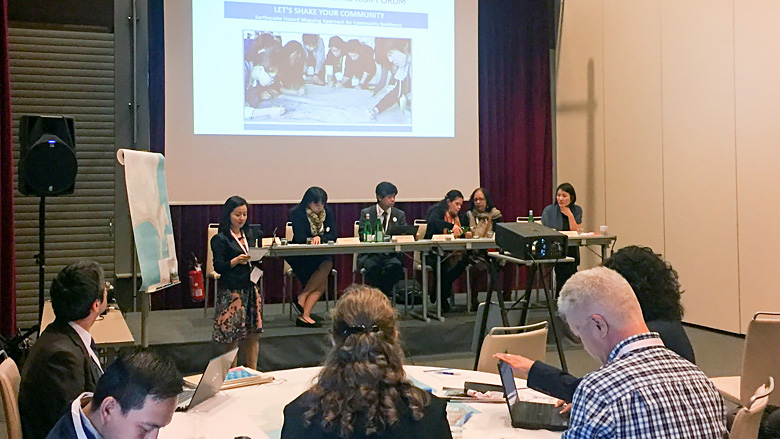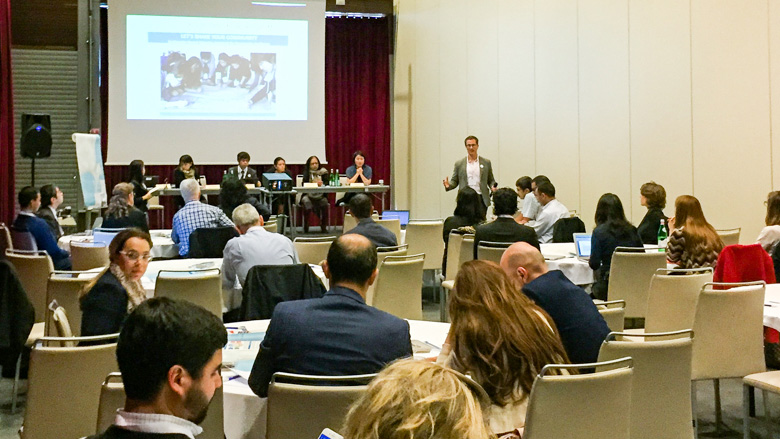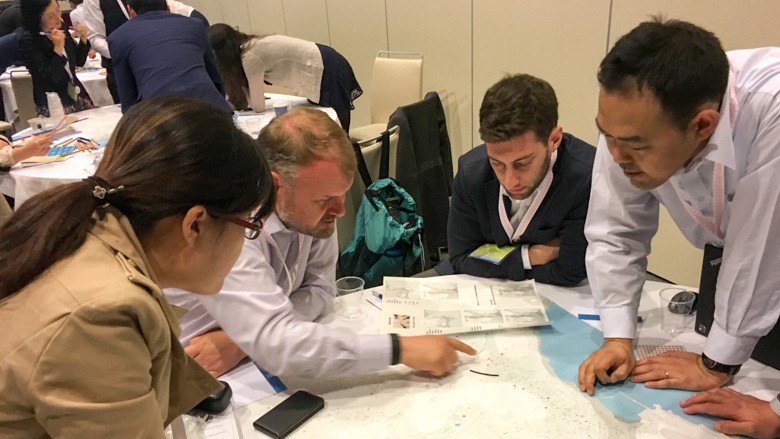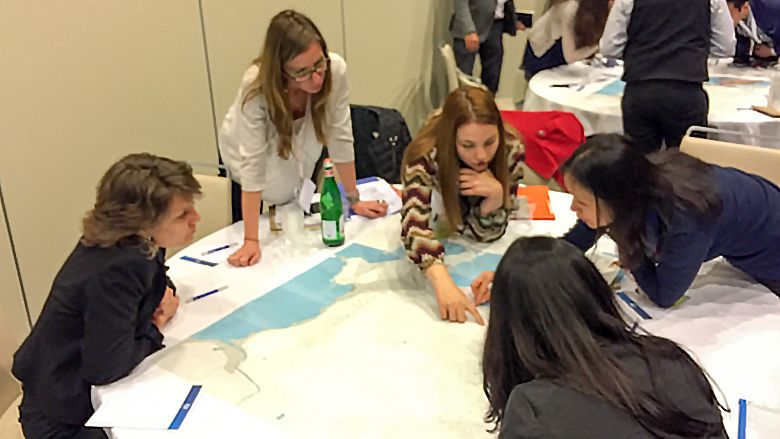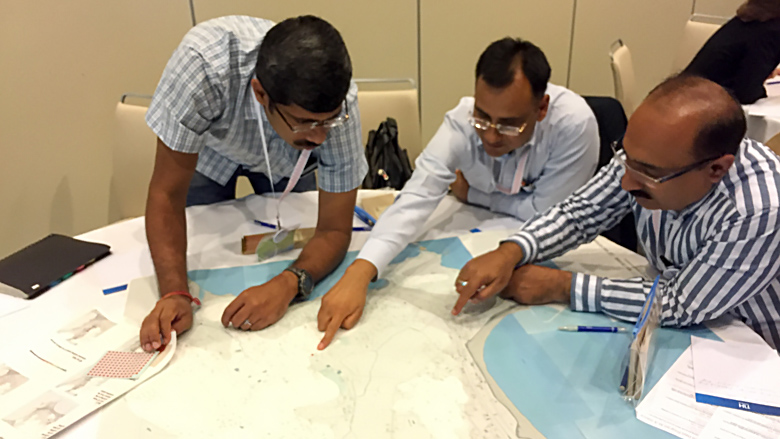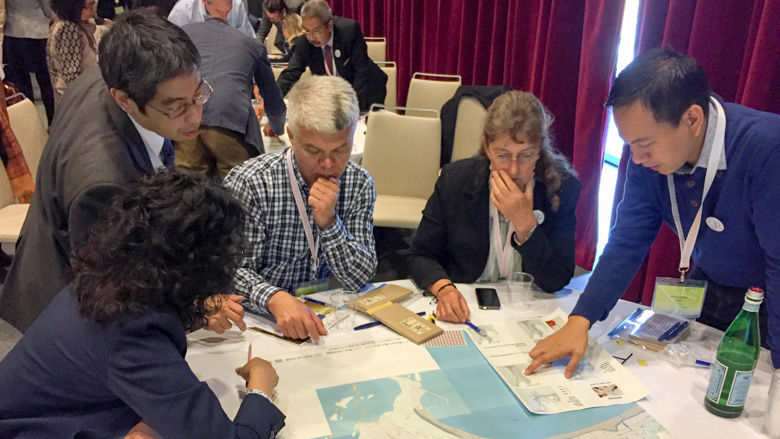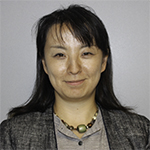 Keiko Saito
Keiko Saito
Disaster Risk Management Specialist, Global Facility for Disaster Reduction and Recovery (GFDRR), World Bank Group
Ms. Keiko Saito is Disaster Risk Management (DRM) Specialist at the Global Facility for Disaster Reduction and Recovery (GFDRR), World Bank Group. She is a member of the Innovation Labs team, specializing in the application of geospatial data for disaster risk management. She brings with her more than 10 years of experience in this field. Her current primary focus is the standardization and mainstreaming of the use of remotely sensed data and other geospatial tools for effective risk assessment and management throughout the disaster cycle from preparedness through to recovery and reconstruction. Prior to joining the World Bank, she worked in multidisciplinary risk management/assessment teams at Cambridge Architectural Research Ltd as a Director, as Willis Research Fellow and as a Senior Research Associate at the Department of Architecture, University of Cambridge. Ms. Saito has a Ph.D. on the use of remotely sensed data for post-earthquake damage assessment from University of Cambridge, UK.
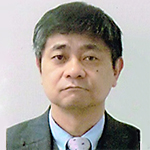 Yoshitaka Yamazaki
Yoshitaka Yamazaki
Manager, Earthquake Disaster Management Department, OYO International Corporation
Mr. Yoshitaka Yamazaki is Manager at Earthquake Disaster Management Department in OYO International Corporation. As a geophysics expert, he has been working on a number of disaster risk management (DRM) projects focusing on seismic risk in developing countries over the past 17 years. He has extensive experiences in DRM planning and capacity development of national and local governments in various countries. Mr. Yamazaki has a Master’s degree from Tokyo Institute of Technology.
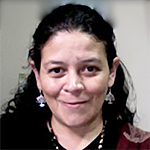 María Teresa Rodríguez Blandón
María Teresa Rodríguez Blandón
Director, Fundación Guatemala
Ms. María Teresa Rodríguez-Blandon is the Director of Fundación Guatemala, founder of the Women and Peace Network as a member of the Huairou Commission and National Facilitator of the Community Practitioners Platform for Resilience in the country. She leads the process of Certification of Grassroots Women Leaders as Development Agents for DRR with the National Disaster Management Agency (CONRED). Ms. Rodríguez-Blandon worked for 15 years directly with grassroots women's movements struggling for land rights and women's rights. She was the team leader of the National Coordination for the Right to Land and Property creating the first formal partnership between the Land Fund of Guatemala and the grassroots women leaders to influence equitable distribution of land for women. She introduced the Safer Cities for Women and Girls Program to Guatemala as a member of Women and Habitat Network of Latin America also member of Huairou Commission and recently she did the coordination for the special program of training grassroots women in the use of GPS for DRR purposes with the Ministry of Agriculture in Guatemala.
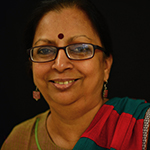 Prema Gopalan
Prema Gopalan
Director, Swayam Shikshan Prayog
Ms. Prema Gopalan is the Founder and Executive Director of Swayam Shikshan Prayog (Self Education for Empowerment: SSP), a learning and development organization working in 16 districts across four states in India for empowering grassroots women as social and environment leaders and entrepreneurs so they can take a lead in bringing their communities from margin to mainstream. She has worked on disaster management since SSP was community participation consultant to the state government’s Maharashtra Emergency Earthquake Rehabilitation Program from 1993 to 1997 sponsored by the World Bank. Since then she has led large scale programs on post-disaster recovery and disaster risk reduction (DRR) in several provinces. Her focus on enhancing women’s leadership in resilient development, has led to nurturing community based financial mechanisms and partnerships that strengthen livelihoods in the face of disaster. She is the Global Advisor on Community Resilience Campaign of GROOTS International and Huairou Commission. Mr. Gopalan holds an M.Phil in Sociology and Research-Methodology and Masters in Social-Work.
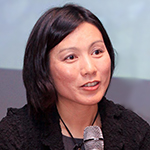 Emi Kiyota
Emi Kiyota
President, Ibasho
As an environmental gerontologist, Ms. Emi Kiyota has focused her career on improving both the built environment and organizational culture of long term care for elders. Inspired by living with elders in a nursing home during her graduate studies, she provides expert advice on designing age-friendly housing, hospitals, and clinical-care centers in the United States, Europe, Asia and Africa, and is a frequent speaker on these issues at international gatherings of practitioners and academics. Originally from Japan, in 2010, she founded Ibasho, a not-for-profit organization (NGO) dedicated to creating socially, economically, and environmentally sustainable communities that value their elders, embodying the Japanese concept of "a place where one feels at home being oneself“. Working with local elders, she facilitated the first innovative “Ibasho Cafe” in Ofunato, Japan, in the wake of the Great Tsunami, and is replicating this initiative in the Philippines and Nepal. She currently serves as the organization’s president and CEO. She also received a Loeb Fellowship at the Harvard University in 2016, and Residency Fellowship at the Rockefeller Foundation’s Bellagio Center in 2012.
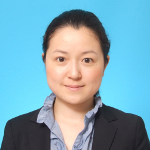 Keiko Sakoda Kaneda
Keiko Sakoda Kaneda
Disaster Risk Management Specialist, Disaster Risk Management Hub, Tokyo, Global Facility for Disaster Reduction and Recovery (GFDRR), World Bank Group
Ms. Keiko Sakoda Kaneda is a Disaster Risk Management (DRM) Specialist at the Global Facility for Disaster Reduction and Recovery (GFDRR) DRM Hub Tokyo. She works on technical assistance grant portfolio, and supports connecting Japanese relevant experience with the Bank’s operational teams, beyond traditional DRM community, for mainstreaming DRM in various sectors. She brings solid operational experience in post-disaster/conflict reconstruction, disaster preparedness, climate change adaptation and urban development from nearly 10 years of experience. Her focused experience in post-disaster/conflict housing reconstruction added value to recent Bank operations in Nepal and Vanuatu after devastating disasters in 2015. Prior to joining the Bank, she worked at UNDP and UN Habitat in Indonesia, UNHCR in South Sudan and JICA in Mongolia. Ms. Kaneda holds a Master degree in Architectural Engineering from Kyoto Institute of Technology, Japan.
(Listed in the order of presentation)
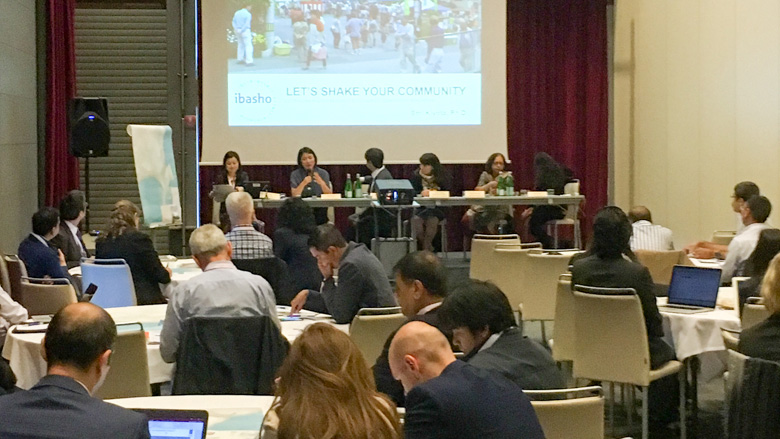
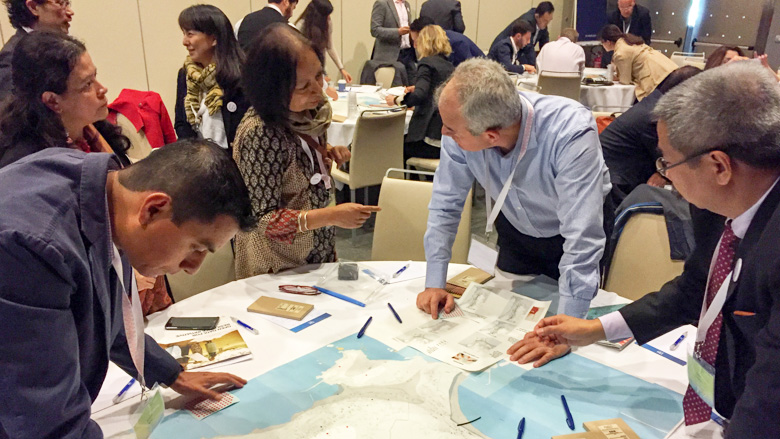
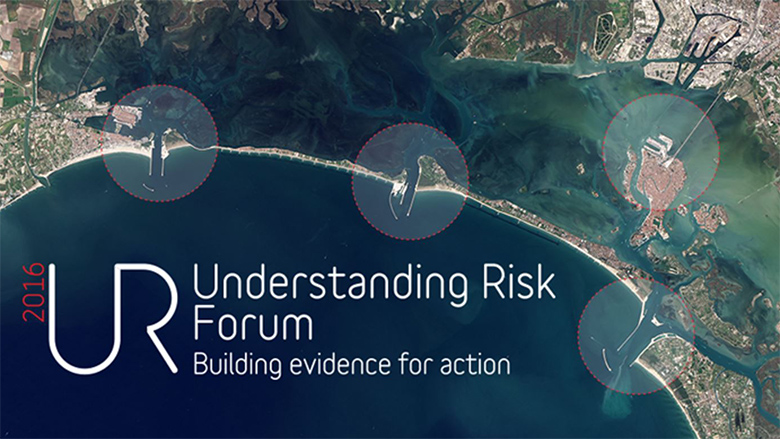
 Keiko Saito
Keiko Saito Yoshitaka Yamazaki
Yoshitaka Yamazaki María Teresa Rodríguez Blandón
María Teresa Rodríguez Blandón Prema Gopalan
Prema Gopalan Emi Kiyota
Emi Kiyota Keiko Sakoda Kaneda
Keiko Sakoda Kaneda